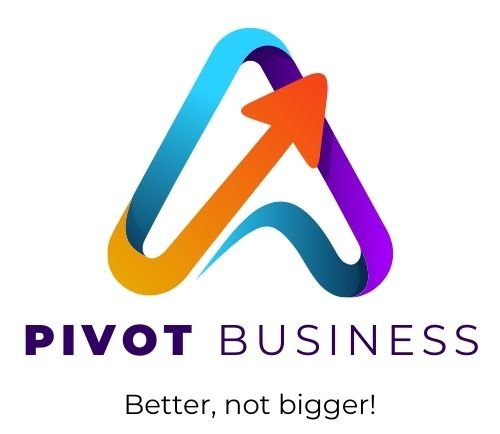Fly fishing in the South Island of New Zealand is like hunting; you have to find the trout, make sure they are feeding, select the right fly or nymph, and make the correct cast, and that is before the trout bites! It is called sight fishing; you are literally looking for a single fish in the river. It could be lying along that bank or in a pool, maybe in some soft water, waiting for a feed. The river is like a food conveyor belt.
There is a moment every fly-fishing angler knows well: standing still by the river, surveying the water, eyes scanning for any signs of fish. Checking all the typical spots fish might be, looking for the telltale dark smudge, that slight movement. The best do not rush. They wait. They watch, and they are patient. They approach with care. They are hunting!
This isn’t just good fishing—it’s also bloody good marketing.
In today’s noisy world, with so many things happening, businesses are constantly being told to “go big” and “shout louder.” But if you want to actually connect with your customer, sometimes the smartest move is to hold back, read the water, and earn trust quietly.
Let’s explore what that looks like.
The Quiet Approach: A Lesson from the River
Trout anglers know that the fish are watching. Every ripple, every shadow, every careless step can spook them. So, the first rule is simple: do not rush in; approach very slowly, stay in the shade, stay away from the water, do not let your shadow fall on the water, and tread very carefully.
Instead:
- Move slowly and deliberately.
- Watch before acting.
- Read the water and trout before casting.
This kind of patience and observation is rare in business—but it is powerful.
Seth Godin: “Marketing is no longer about the stuff you make, but the stories you tell.”
Godin’s philosophy is grounded in trust. In his book, This Is Marketing, he reminds us that people do not buy because we shout the loudest—they buy when they feel understood.
Just like a good angler who studies the river, a great marketer studies the customer.
- What do they care about?
- What problem are they trying to solve?
- What story are they already telling themselves?
When you understand those things, you do not need to hard sell!. Your product or service becomes the natural next step in their journey.
Donald Miller: “If you confuse, you’ll lose.”
In Building a StoryBrand, Miller makes it clear that people do not engage with marketing that feels confusing, cluttered, or irrelevant. And nothing says “irrelevant” like showing up too fast, too loud, and too soon.
Instead, marketers need to clarify their message and deliver it in a way that feels helpful, not disruptive.
Approaching quietly means:
- Avoiding jargon and fluff.
- Speaking in your customer’s language.
- Start with listening, not pitching.
In essence, you need to know the river and watch the trout before you cast your line.
Cal Newport: Depth Over Noise
Cal Newport, author of Deep Work, champions focused, high-quality engagement over shallow busywork. The same principle applies to marketing.
The quiet approach isn’t about being invisible—it’s about being intentional.
Instead of posting for the sake of “activity,” focus on meaningful interactions. Send fewer, better emails. Write content that adds real value. Build relationships before you make offers.
It’s a longer game—but one that pays off in loyalty and word of mouth(could this be a pun😊).
Why Trust Is the New Currency
People are savvier than ever. They know when they’re being sold to—and they do not like it. But when they feel seen, when your presence in their inbox or feed feels helpful, they listen.
Quiet marketing is trust marketing. It builds credibility. As Miller states, you need to position yourself as the guide, not the hero. And when the moment is right, your audience is far more likely to engage because they’ve already chosen to trust you.
Bringing It Home: Marketing Like a Fly Fishing Angler
If you are a small business owner or founder—especially in a close-knit or rural community, with very few dollars to spend on marketing—this approach can be your superpower.
- You do not need a huge ad budget.
- You do not need to be everywhere.
- You just need to understand your customer like a fly fisher understands the trout.
That means watching. Listening. And only casting when the moment is right.
Next Up: How to Spot the Signs Your Customers Are Ready to Engage
In the next post, we will explore how to “read the water” in your market—spotting the subtle signals that your customers are feeding and ready to bite.

Want to follow the full series?
Subscribe below and get insights sent straight to your inbox—no noise, no fluff, just clear, honest thinking about marketing that works.
I send this email frequently, especially if the weather is crap, or the rivers are rising or river flow dangerous. If you would also like to receive it, join the other smart people who absolutely love it today.🎣

